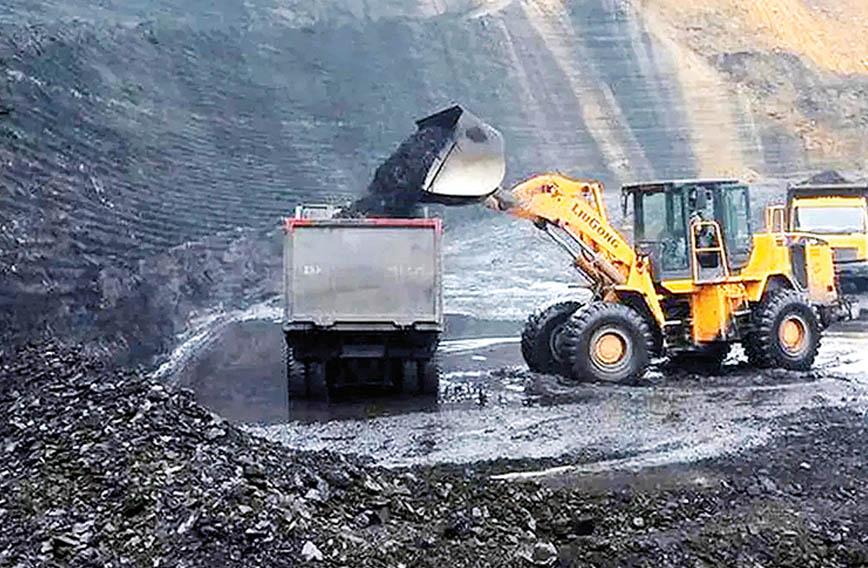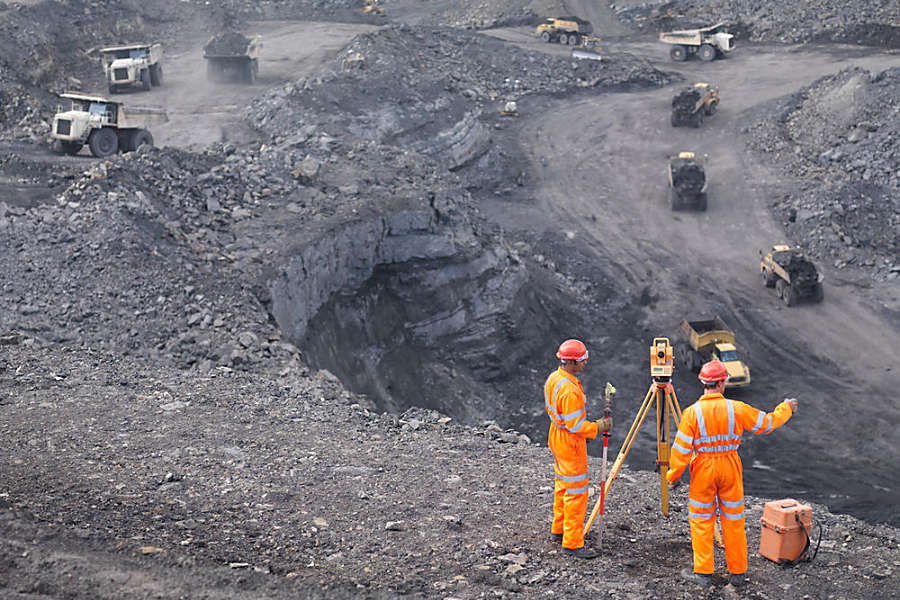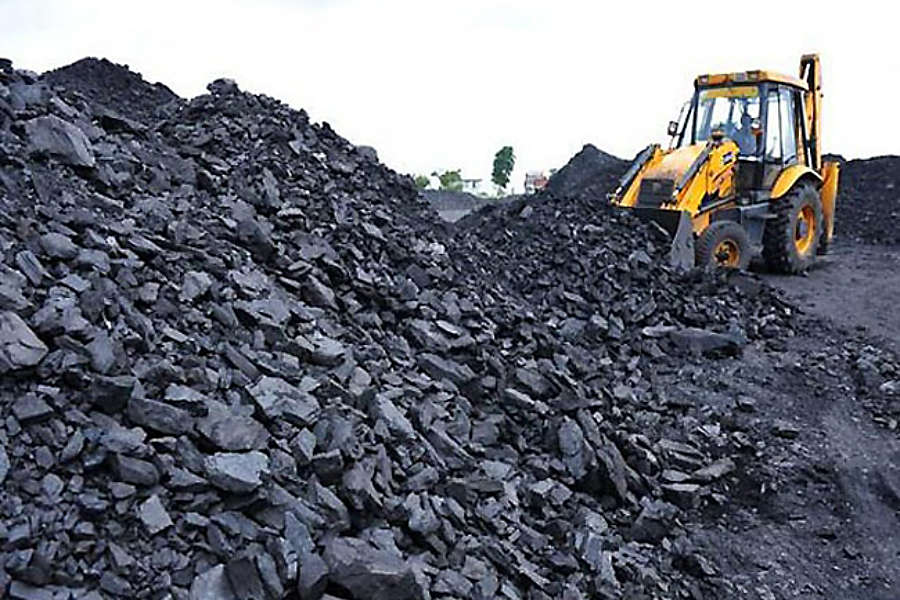Column – English
Defunct DVC’s bright future
PUBLISHED IN:
Civil Society

Published on: October 29, 2025
![]() Chandra Bhushan
Chandra Bhushan
MOST of us know the Damodar Valley either from school textbooks or from its portrayal in films like Kala Patthar and Gangs of Wasseypur. Yet the valley is far more than what is captured in books or on screen. Spanning the coal-rich districts of Jharkhand and West Bengal, the Damodar Valley — often called India’s Ruhr Valley — has powered the nation’s growth since Independence. Coal from Jharia and Raniganj fuelled India’s rise, while the steel plants of Durgapur and Bokaro and the fertilizer factories of Sindri became the celebrated “temples of modern India.” The valley was an engine of national ambition.
Today, that engine is sputtering. The region stands as a stark paradox: rich in coal and industrial infrastructure, yet choking on the very resources that once made it prosperous. The air is thick with pollution, the rivers run contaminated, and the economic model that once promised secure employment is now creating a landscape of uncertainty. The mines that built modern India are becoming its tombstones. The imperative is clear: the Damodar Valley must urgently transition from a coal-based past or risk terminal decline.
CATEGORY : Mining & DMF
Share this Article!
Related Articles





